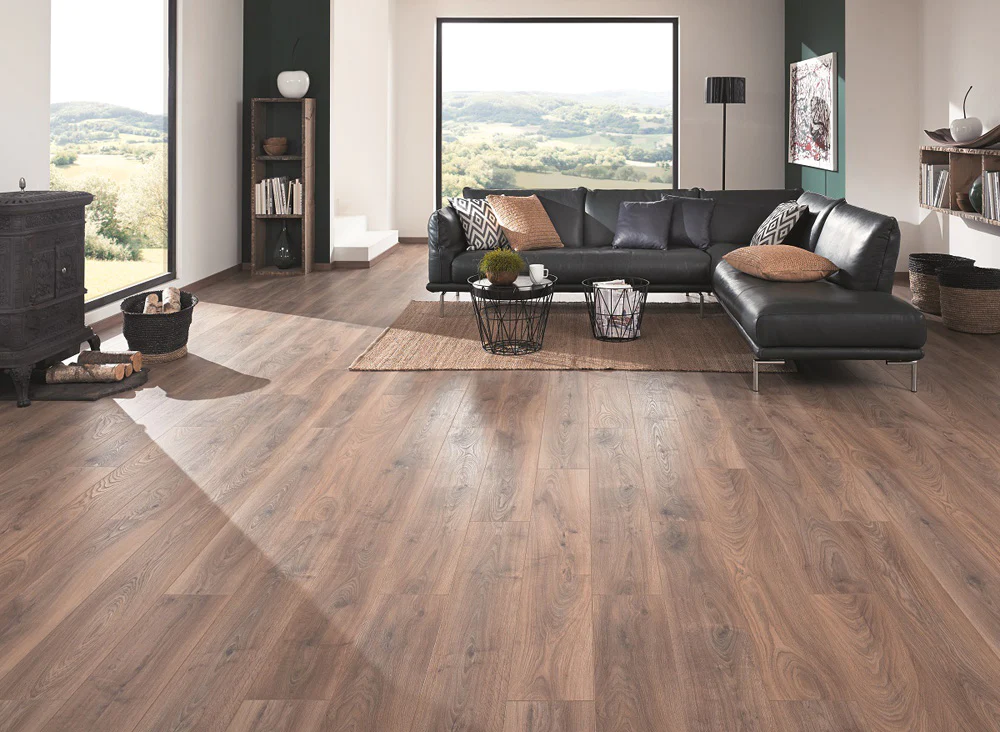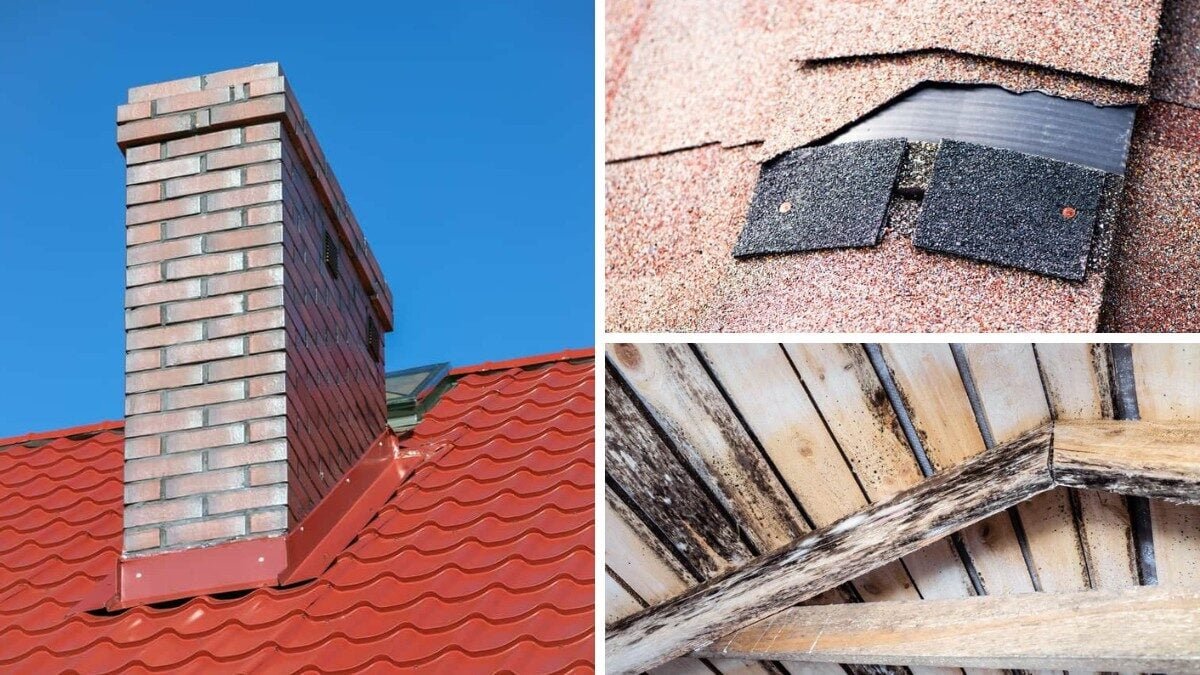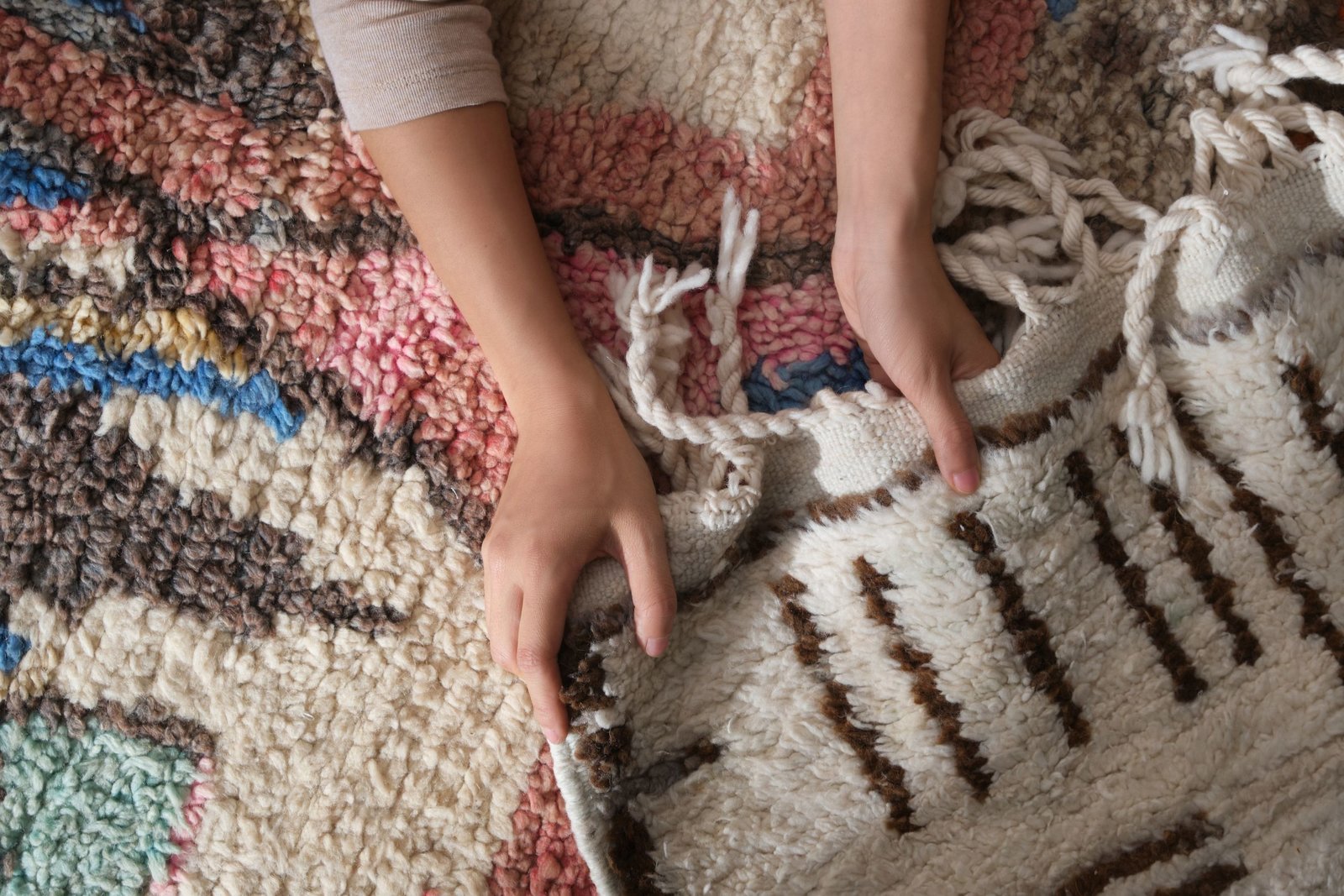
DIY Flooring Installation: Tips and Tricks for Success
abdul
- 0
Are you looking to update the flooring in your home but want to save money by doing it yourself? With the right tools, materials, and a bit of know-how, installing your own flooring can be a rewarding and cost-effective project. However, it’s important to do your research and prepare properly in order to avoid common pitfalls.
In this article, we will provide you with tips and tricks for successful DIY flooring installation. From choosing the right type of flooring for your space to preparing the surface and ensuring proper installation techniques, we will guide you every step of the way. Whether you’re a seasoned DIYer or a first-timer, our lamesaflooring.com experts will help you achieve professional-looking results that you can be proud of for years to come.
Why DIY flooring installation can save you money:
Installing flooring can be a daunting task, but it doesn’t have to break the bank. By choosing to DIY your flooring installation, you can save money in several ways. Firstly, by eliminating the cost of labor, which can add up quickly when hiring a professional installer. Secondly, by purchasing materials directly from a supplier or retailer, rather than paying for markup costs through a third-party contractor.
Additionally, DIY installation allows for greater flexibility and control over the project. You have the ability to choose materials that fit within your budget and design preferences without being limited by a contractor’s selection. Plus, you get to work at your own pace and schedule without worrying about someone else’s timeline or availability.
Choosing the right type of flooring:
One of the most important aspects of a flooring installation project is choosing the right type of flooring. With so many options available, it can be overwhelming to make a decision. There are several factors to consider when choosing your flooring, including the room it will be installed in, the amount of foot traffic it will receive, and your budget.
For high-traffic areas like entryways and kitchens, durable materials such as tile or hardwood may be the best choice. In bedrooms or living rooms where comfort is key, carpet or luxury vinyl tiles (LVT) may be more appropriate. It’s also important to consider any pets or children in your household when selecting a floor type.
Tools and materials needed for installation:
When it comes to DIY flooring installation, having the right tools and materials is crucial for success. Some of the basic tools you’ll need include a measuring tape, chalk line, carpenter’s square, saw (circular or jigsaw), hammer, utility knife, pry bar, and safety glasses. These tools will help you accurately measure and cut your flooring material and ensure that everything fits snugly together.
In addition to these basic tools, you’ll also need some specific materials depending on the type of flooring you’re installing. For example, if you’re installing hardwood floors, you’ll need underlayment paper to protect the subfloor from moisture and sound insulation pads to reduce noise. You may also need nails or staples to secure the planks in place.
For laminate or vinyl plank flooring installations, you may need a tapping block and pull bar tool to lock the pieces together without damaging them. You’ll also want to have spacers on hand to ensure that there is enough room around the edges for expansion as needed.
Overall, taking stock of your tools and materials before starting your DIY flooring project can save time and prevent frustration down the road.
Troubleshooting common problems during installation:
If you’re planning to install flooring yourself, it’s important to be prepared for common problems that may arise during the process. One issue that often comes up is uneven subfloors. This can cause your new floorboards to buckle or warp over time, so it’s important to address this problem before installation begins. You can use a leveling compound or choose a floating floor option that doesn’t require an even surface.
Another common problem is squeaky floors caused by loose subflooring. Contact professionals Before starting your installation of hardwood flooring san diego or make sure all screws and nails are tightly secured and replace any damaged or warped boards. If you’re still experiencing squeaks after installation, try using a lubricant like talcum powder between the boards.
Conclusion: Enjoy your new floors with DIY confidence.
In conclusion, installing flooring on your own can be a challenging but rewarding experience. With the right tools, preparation, and guidance, you can achieve a professional-looking result that will last for years to come. Remember to do your research, take your time, and follow the manufacturer’s instructions carefully. If you encounter any difficulties or have questions along the way, don’t hesitate to reach out to professionals for assistance. With these tips and tricks in mind, you’ll be well on your way to a successful DIY flooring installation project. Happy renovating!

